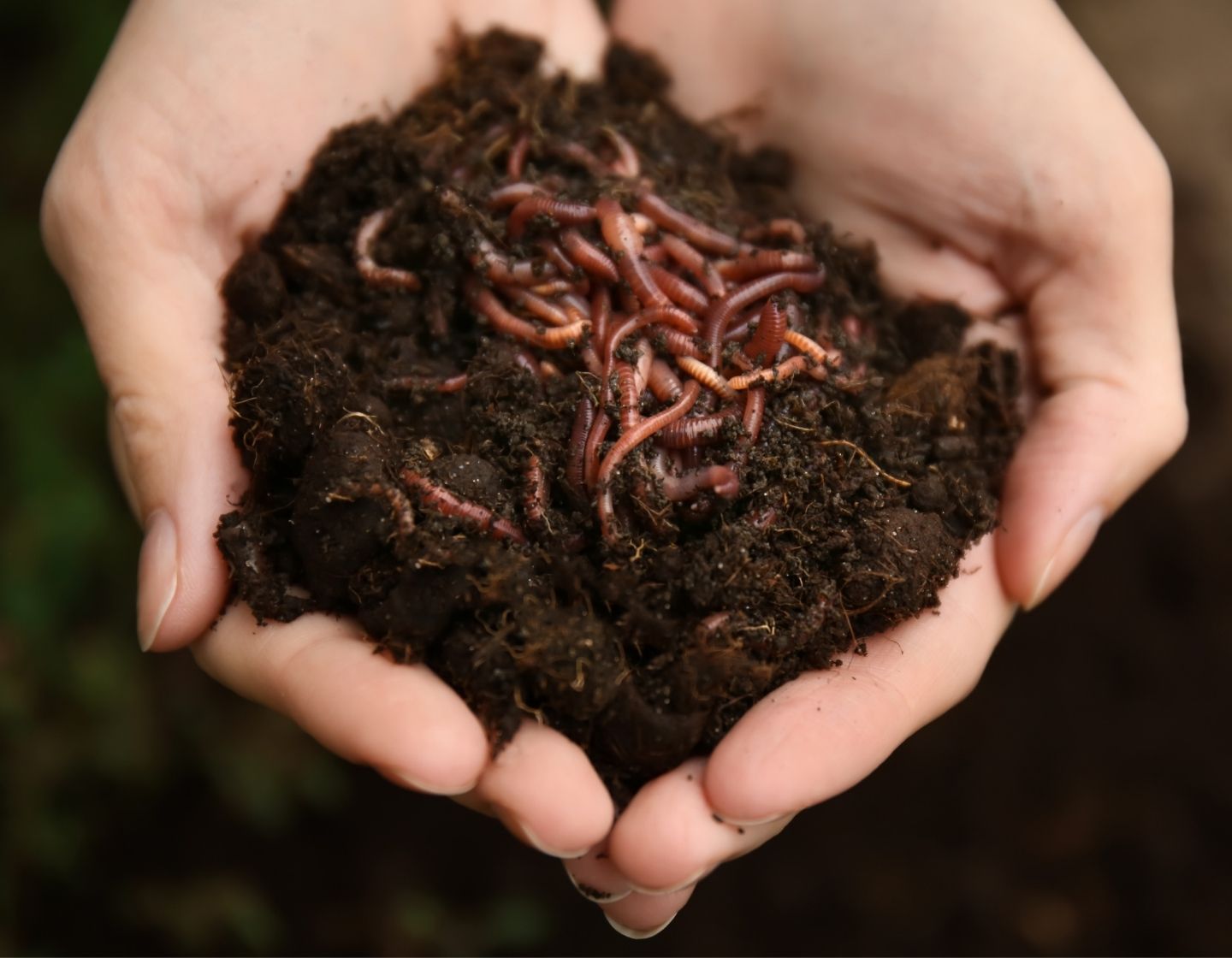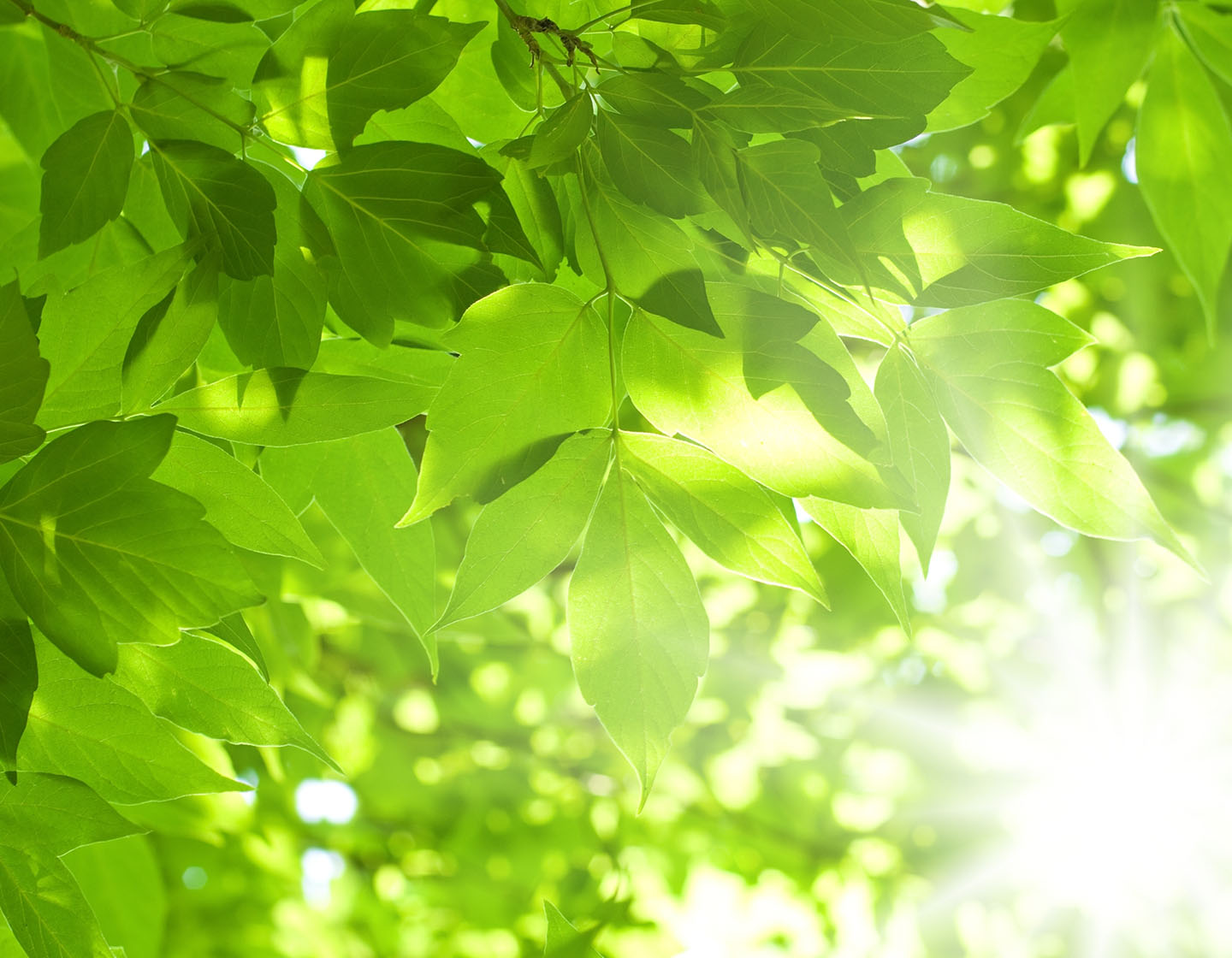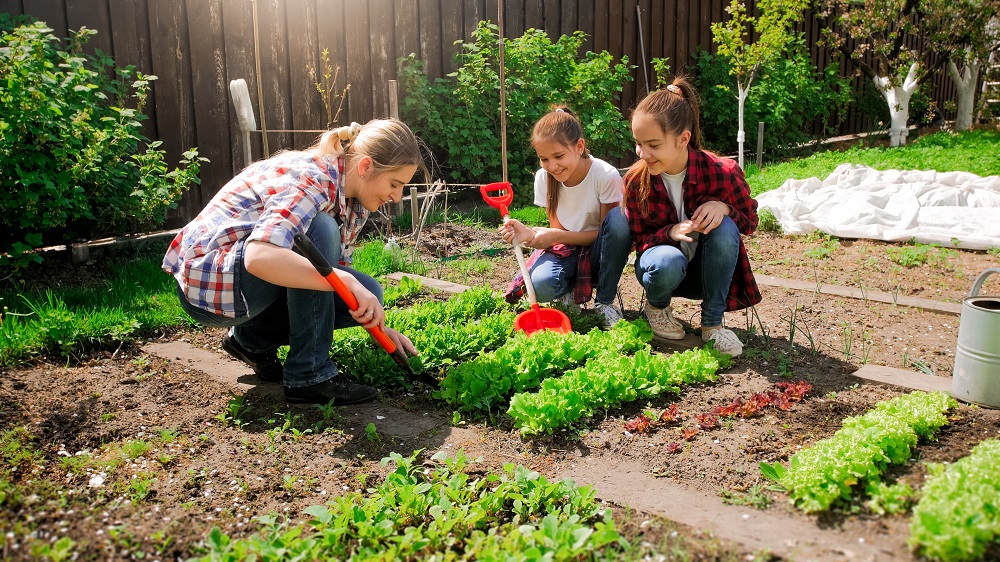An at home guide for teaching sustainability to children
Kids are our future. I mean, it may seem kind of obvious, but it’s true. Our role as a parent or guardian (and even as a human!) is to teach our children how to prepare themselves for the real world. How to find happiness, how to care for others, how to succeed and how to care for the planet that allows us to do all of these things.
However, this is no measly task! As our kids will inevitably learn more in school about their role in sustainability, they’re bound to tumble home with endless questions. You know the ones, the “but why?” questions. This curiosity and thirst for knowledge is beautiful, but after a long day, sometimes it’s the last thing we want to hear. Being sustainable and raising kids is hard.
Often, just getting through the day is a victory alone, so we might not always be able to prioritise sustainable living. We get that, no judgement here I promise; many of our SaveMoneyCutCarbon team are parents so we know the drill. But not to worry, we’ve made this guide packed full of information and activities to help you tackle those difficult questions and make sustainability at home fun.
Why is it important to teach children to be sustainable?
According to the 2030 Agenda for Sustainable Development, the UN has created 17 sustainable goals and they claim that children are “critical agents of change and will find in the new goals a platform to channel their infinite capacities for activism into the creation of a better world”.
So, allowing them to be a part of that action early on is vital. After all, they’re like little sponges and what they learn now, will be at the core of who they are later on in life.
Practicing sustainability might sound like a huge task at first, as it covers everything from conserving energy, recycling, consuming less, reducing waste and protecting the environment, but what these practices all have in common is that they encourage us to live within our means and conserve resources for generations to come.
Create habits that have a positive impact
Therefore, what it all boils down to is creating habits that positively affect the world – starting small. Make it manageable. Once you narrow it down, it doesn’t seem so scary. Creating positive habits in children allows them to be an active part of the solution which has so many benefits, not only for our planet, but for character development too.
Learning and practicing sustainability also promotes emotional growth, problem solving and creative thinking, which are all amazing qualities! Furthermore, cultivating these habits regularly like recycling, composting, switching the lights off and turning the taps off when we’re brushing our teeth, helps them become a normal part of our lives. It’s arguably just as important as teaching them how to clean, cook and look after themselves.
Often, the traditions and habits we learn in childhood, are carried through to adulthood so embedding these easy daily practices can make a huge difference now, and for years to come.
How do you raise environmentally conscious children?
Having a simple definition in mind for children can be handy. It could be something along the lines of “sustainability is about the small changes we can make to help look after the planet. Our actions can protect animals, plants and natural resources so that future generations can enjoy them too”. That way, when children ask ‘why’, you can revert back to this.
Raising environmentally conscious children begins with a sense of responsibility. Encouraging children to get outside and appreciate nature can foster emotional connections with our planet and improve well-being. The next time your children are playing in the garden or going for a walk around your local forest, why not explain how the trees, plants, bees and wildlife help us live.
But remember, language is super important here! When you’re explaining how trees give us oxygen and grow our food, remind your children that the trees belong to the Earth, not to us. It’s a good idea to stress that we should only use what we need in order to conserve and preserve, so that Earth’s resources last for longer.
If you’re living in a city, it may not be easy or convenient to find a park or garden, but not to worry! Instead, you could buy a house plant and encourage your child to care for so they can discover plants role in the ecosystem and receive a sense of responsibility (bonus: succulents are super hard to kill so you don’t have to worry if you forget to water it!).
Most children learn by copying adults in their life
Additionally, most children learn through imitation and practice, so try to lead by example. By turning the lights off when you leave a room, walking to the corner shop rather than driving, saving water from running down the drain and saving leftovers, you’re actively teaching your children to do the same.
But like we’ve covered, explaining why you’re doing something will engrain these habits and thought processes into their everyday mindset. Therefore, encourage the ‘why’ questions when you can.
Say for example you’re packing your shopping with a Kind Bag, try to add it into conversation that by using a reusable shopping bag, you’ve helped save the planet by reducing plastic and pollution. For younger children, hearing that a simple reusable bag could help save the planet will give them a sense of accomplishment. All of these steps teach children how to be part of the solution.
However, we understand that this isn’t realistic every day! Children are constantly throwing spanners in the works and it’s normal for other things to take priority, so don’t put yourself under too much pressure. Besides, we’re here to help to take the pressure away! That’s why we’ve come up with some fun activities and tools you can try to educate your children on sustainability.
Sustainable activities to try
Recycle together
It may be second nature for many of us but for kids, it can be confusing at first identifying what rubbish goes where. To make it fun and easier, you can create labels with coloured pens and stick pictures on the bins to explain what goes where. Talk about the importance of recycling and teach children to check for the recycling symbols as you go.
Pick up litter in your local area
Equip your children with some gloves and a bin bag and get some fresh air while you pick up litter. Explain how you are protecting wildlife by reducing the rubbish polluting their habitat.
Get creative and crafty
Lots of things like ice cream sticks, cereal boxes and corks can all be saved for an arts and crafts day. You could give old clothes a new lease of life by dyeing them with leftover berries.
Make a worm farm
This one could get messy but composting is a great way to help the planet and encourage your kids to get their hands dirty! You will need:
- A container (a glass jar, plastic bottle or box) that have air holes in the top and drainage holes in the bottom.
- Bedding (garden soil, leaves, moss – anything you can find)
- Worms (you can dig for these in your garden but composting worms are different to your regular garden worms so if you’re having trouble, you can buy them online)
- Food scraps (they’ll break this down into soil)
Worm farms reduce household waste and turn food scraps into nutrient-rich soil for your garden. It’s a fun, free project to get stuck into as kids can watch the worms compost with their own eyes! Plus, you’ll be teaching children the valuable lesson that all things, no matter their size, have a role to play in keeping the Earth healthy.

Donate and thrift
Regularly go through their toys together and donate what they don’t want anymore. Try to reiterate the importance of reusing items by giving them to another family rather than sending them to landfill. Similarly, your teenagers will probably want to stay up to date with the latest fashion trends which can be expensive and cost the environment lots of valuable resources.
This is where thrifting comes in, the perfect compromise! You can often find designer and fashionable clothes for a fraction of the price and carbon emissions. Plus, hunting for a bargain or a piece you’ve been looking for can be super fun.
Meatless Mondays
You don’t have to become a vegetarian to make a positive difference. Simply reducing your meat intake can preserve land and water resources. It can quickly become part of routine too, allowing you time to plan plenty of vegetarian options for the month.
Go to a farmers market
This doesn’t have to be a regular outing but sourcing local and seasonal foods can teach your children to lower their carbon footprint, as these foods need less energy to produce. It’s also an opportunity for your children to ask any questions to the farmers.
Make it into a game
You could try spotting how many loose items you can buy in the supermarket rather than plastic wrapped vegetables or you could make showering fun and shorter by trying to get out before your children’s favourite song stops.
Up-cycle old furniture
A DIY project for your teenagers. Venture to a charity shop, eBay or Facebook marketplace to find some old furniture they can do up for their bedroom. Pinterest and YouTube has tons of tutorials. Plus, it could be an opportunity to spend quality time together.
Make a movie night out of David Attenborough
Get your comfy pyjamas on as a family, buy your favourite snacks and settle down for an educational movie night.
Engage in conversation around the dinner table.
Something as simple as this can be fun and educational. Try coming up with new topics to discuss each day or let your children interview you.
Keep a nature diary
Find an old notebook and take it with you when you go on walks or play in the garden. Encourage your children to draw the plants and wildlife they encounter and joy down any fun facts. If you’re caring for a houseplant, you could draw any new leaves or keep a check list of how often you’ve watered it.

Collect rainwater
To contextualise how much water we use in the bath (about 80 litres on average), leave a bucket outside and see how long it takes to fill up the bucket enough times for a bath. This will help children visualise just how much water we use. As water is a finite resource, going forward, it’s important to teach our children how to conserve it.
Air pollution science experiment
This science project by Education.com uses a piece of plastic, petroleum jelly and paper to collect dirty air particles. It would be interesting to compare the air pollution to two different areas, for example a beach and a busy road.
Read a bedtime story with a sustainable message
There are tons to choose from! For younger children, one of our favourites is ‘The Shrew with the Flu’ by William Hamilton-Davies, about a greedy shrew that eats all of the forest. This endearing environmentally themed book tells a powerful story about greed and respect for our natural world.
For a teenage audience, we love ‘Beauty and the Bin’ by Joanne O’Connell which tells the story of Laurie, who is stuck between wanting to save the planet with her homemade beauty recipes and wanting to be popular at school. We spoke to Joanne, an author and journalist about what inspired her to write this book:
“I wanted the book to be hopeful, funny, and uplifting so it was a positive read for children. I think teaching children about making eco choices should be a positive thing. It’s about working towards a cleaner, kinder way of living for the planet, and people and animals too. So, for example, in Beauty and the Bin, I wanted to highlight what I’d learned about food waste. This is a major climate issue. But to make it fun and accessible and hopeful, Laurie, the main character in the book, makes her own beauty products from surplus food. She makes hair conditioner from over-ripe avocados, and face masks from squashy bananas and so on. This is a practical, doable, #plasticfree action for many people. There are so many cool hacks out there about living sustainably and not over-consuming. I think getting children involved in changes that they can incorporate into their everyday lives, long term – from cycling instead of taking the car to not wasting food to swapping clothes – can make a big difference”.
Plant your own garden
This is a bigger challenge than most but it has immense benefits for your children and your home. This is an ongoing project that your children can get stuck into from the very beginning by planning the patch and choosing what they’d like to grow (sunflowers and peas are an easy place to start). Aim to grow vegetables and plants that you’ll likely use when cooking as it’s immensely rewarding to eat something home grown! You can even keep a diary to encourage your children’s senses: write down how it smells and feels and draw what you can see.

Teaching children about sustainability is a big part of taking action
Whether you’re a parent, a guardian, an uncle or auntie, a grandparent, a teacher or a friend – teaching children how to live sustainably is a vital part of climate action. It won’t always be easy, but with our help you can make sustainable living fun and convenient for your family. Try one of our activities and let us know how you got on!